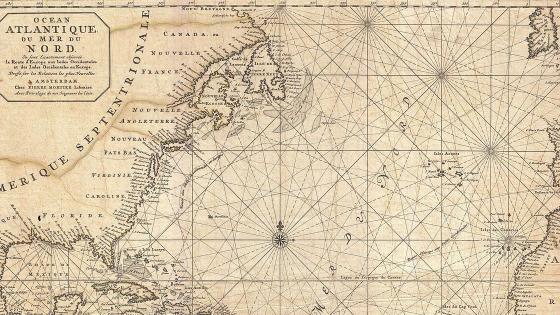DP9053 The Trade Effects of Skilled versus Unskilled Migration
In this paper, we assess the role of skilled versus unskilled migration for bilateral trade using a flexible reduced-form model where the stocks of skilled and unskilled migrants at the country-pair level are determined as endogenous continuous treatments. The impact of different levels of skilled and unskilled migration on the volume and structure of bilateral trade is identified in a quasi-experimental design. This is accomplished through a generalization of propensity score estimation procedures for a case of multivariate, multi-valued treatments whereof the bivariate continuous treatment model is a special case. We find evidence of a polarized impact of skill-specific migration on trade: highly concentrated skilled or unskilled migrants induce higher trade volumes than a balanced composition of the immigrant base. Regarding the structure of trade, we observe a polarization specifically for differentiated goods and for north-south trade. Both bits of evidence are consistent with a segregation of skill-specific immigrant networks and corresponding consumption patterns and effects on trade.


